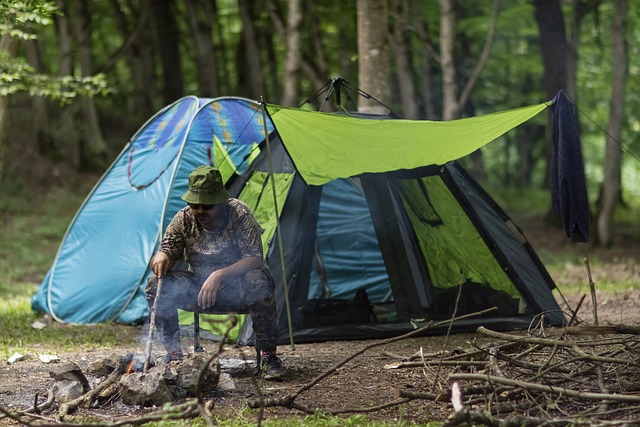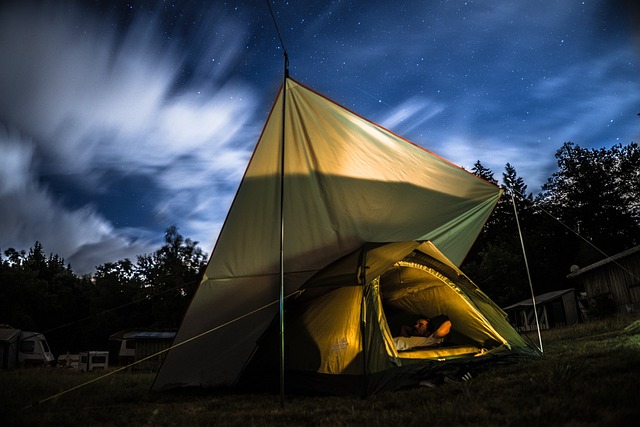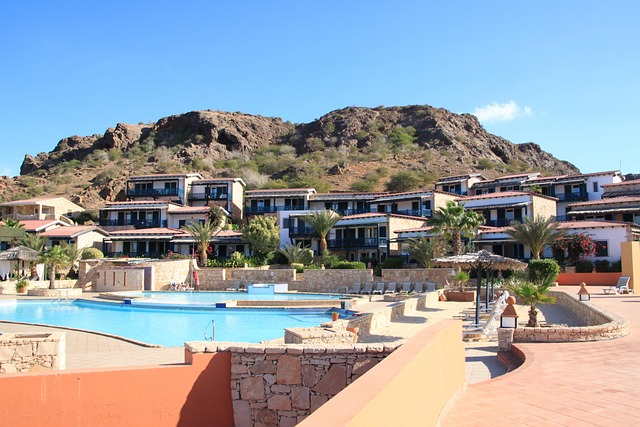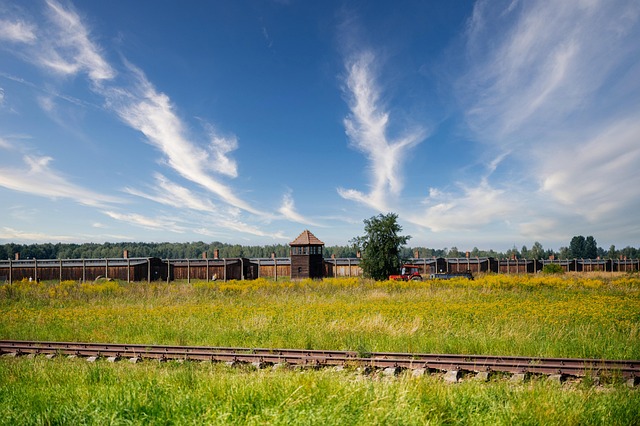The booming craft beverage industry has sparked a significant transformation in the real estate market, converting former farmlands and warehouses into thriving hubs for wineries, breweries, and tasting rooms. This trend drives mixed-use development, boosts property values, attracts tourists and locals, and stimulates economic growth. Success hinges on strategic location choices near transportation or high-traffic areas, with complementary rural/urban ambiance. Design trends emphasize immersive experiences through open layouts, natural light, sustainable materials, and local integration, creating captivating sensory events while minimizing environmental impact.
The wine and brewing industries are experiencing a boom, with wineries and breweries expanding their reach through vibrant tasting rooms. This growth is not just about the beverage; it’s a real estate phenomenon. From prime locations to innovative design, understanding the real estate behind these thriving spaces is key. We explore the factors driving success, from the strategic choice of location to the latest design trends that enhance the customer experience and boost sales in this competitive market.
The Rise of Wine and Breweries: A Real Estate Perspective
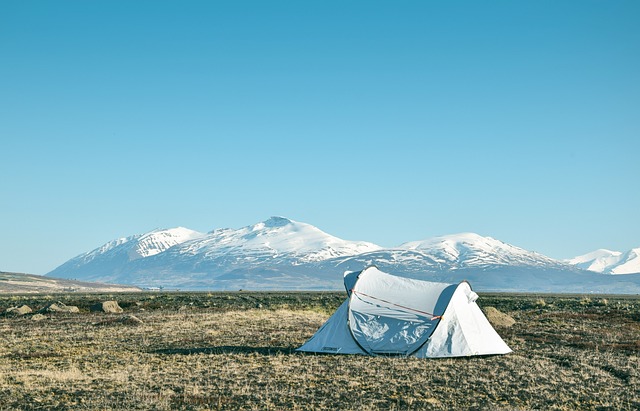
The rise of wineries and breweries has significantly impacted the real estate landscape, particularly in regions known for their agricultural heritage. As craft beverages gain popularity, demand for space to produce, age, and showcase these products has surged. This trend has led to a transformation in the way real estate is utilized and perceived, with traditional farmlands and warehouses being converted into bustling tasting rooms and production facilities.
The conversion of underutilized spaces into vibrant beverage hubs offers several advantages from a real estate perspective. It allows for mixed-use development, maximizing property value by blending residential, commercial, and recreational spaces. Moreover, the influx of tourists and locals seeking unique tasting experiences contributes to higher occupancy rates and increased revenue for property owners. This shift not only revitalizes rural areas but also fosters economic growth through the creation of new, sought-after real estate assets.
Location, Location, Location: Factors Driving Success in Tasting Rooms

The success of wineries, breweries, and tasting rooms often hinges on one key factor: location, location, location. Choosing the right spot for these establishments can make all the difference in attracting customers and fostering a thriving business. Real estate plays a pivotal role in creating an experience that draws folks in and keeps them coming back.
When it comes to location, accessibility is paramount. Being within easy reach of major transportation hubs or in areas with high foot traffic ensures that potential patrons can conveniently discover and visit. Moreover, proximity to other popular attractions, restaurants, or scenic spots can incentivize customers to make a stop at the tasting room as part of their day out or tour itinerary. The ambiance of the surrounding area also matters; whether it’s nestled in a picturesque countryside setting or located in a bustling urban center, the environment should complement the brand and enhance the overall visitor experience.
Crafting Spaces that Sell: Design Trends in Winery and Brewery Real Estate

In the competitive world of wineries, breweries, and tasting rooms, creating a unique and captivating space is no longer just about serving great drinks; it’s also about selling an experience—one that engages the senses and creates lasting memories. Design trends in real estate for these establishments reflect this shift, focusing on open, inviting layouts that blend indoor and outdoor spaces. Large windows and expansive doors allow natural light to flood in, enhancing the ambiance and making patrons feel connected to the surrounding landscape or urban vibe.
Sustainable materials and eco-friendly practices are also gaining traction, aligning with consumer preferences for authenticity and responsibility. Organic forms, locally sourced wood, and biophilic elements like living walls and vertical gardens not only reduce a facility’s environmental impact but also foster a sense of tranquility and harmony. These design innovations elevate the customer experience, making every visit to these establishments an event that captivates all the senses.
